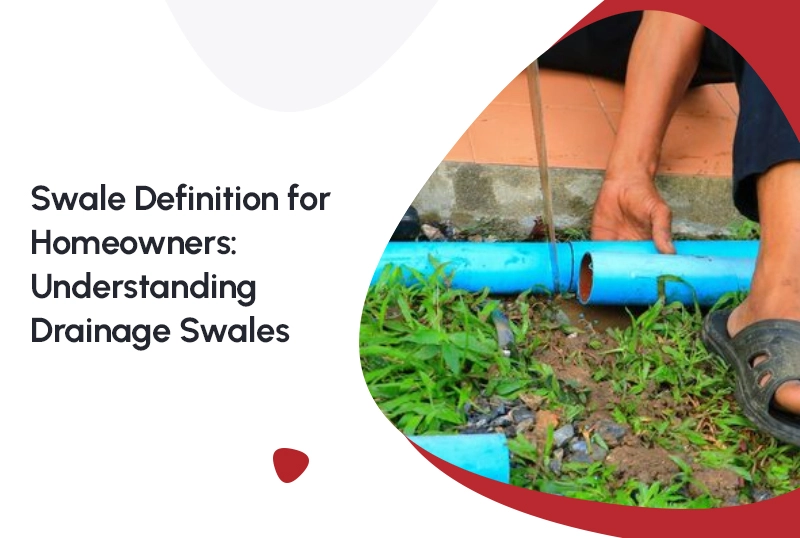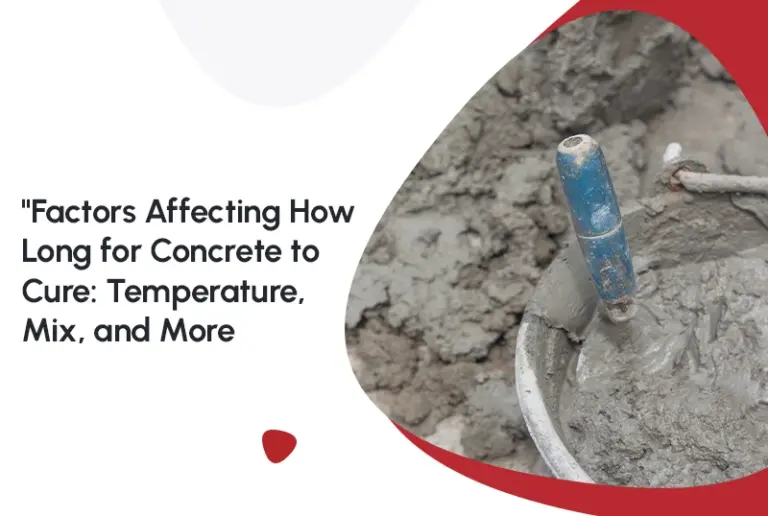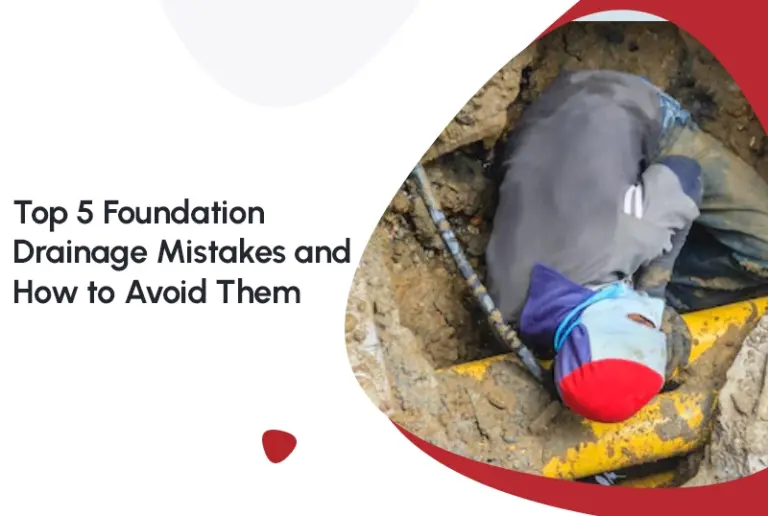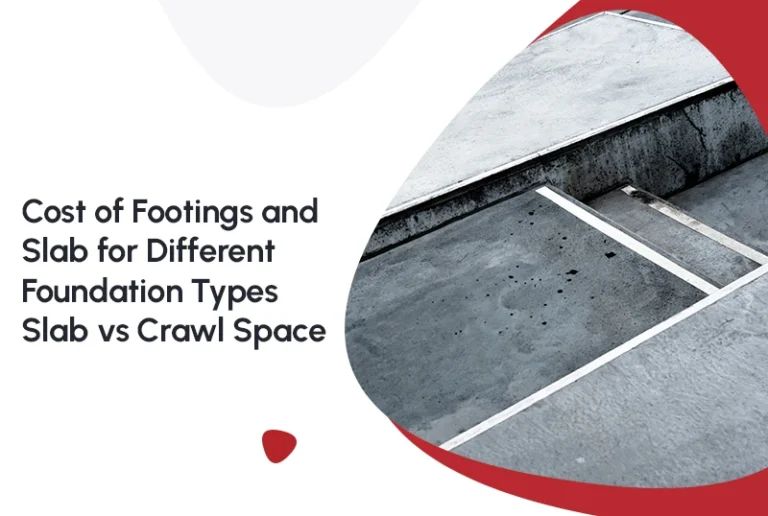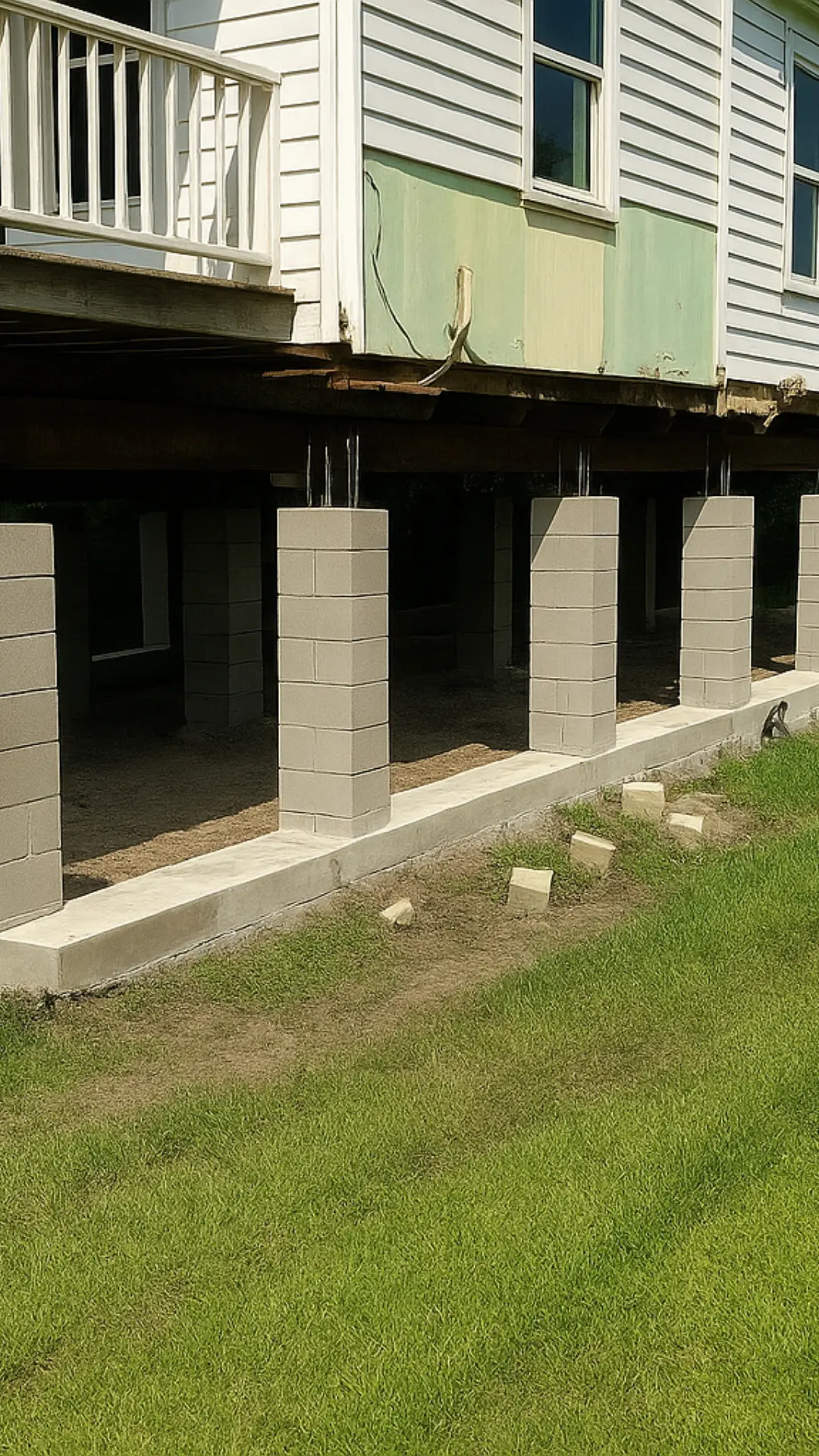If you’re a homeowner wondering why parts of your yard stay swampy after a storm or why water keeps collecting around your foundation, then welcome to the world of drainage, landscaping, and one very important term: swale.
Most people hear “swale” and think it sounds like a gardening spell from Harry Potter. But don’t worry, you don’t need a wand or a broomstick to understand it. In fact, learning the true swale definition could be the key to protecting your foundation, preventing erosion, and saving thousands in potential repair costs.
Today, we’re going deep into what swale definition are, what they do, why they matter, and how proper drainage affects your home’s structural health. Whether you’re building, renovating, or simply trying to stop Lake Backyard from forming every time it rains, this guide is exactly what you need.
Learn more about foundation drainage from here.
What Is the Swale Definition?
A swale definition, at its simplest, is a shallow, gently sloped channel designed to collect, redirect, and slow down storm water runoff. Think of it as a natural gutter built into the landscape, only much prettier and far more environmentally friendly.
In everyday homeowner language: A swale definition is a shallow dip or trench in your yard that moves water away from your home and prevents flooding.
Unlike deep ditches or concrete drains, swales blend into your yard with grass, rocks, or native plants, making them both functional and aesthetic.
Why Should Homeowners Care About Swales?
Because water is sneaky, very sneaky.
It doesn’t need an invitation to creep under your home. And once it does, you could face problems like:
• Foundation cracks
• Soil erosion
• Sagging floors
• Uneven settlement
• Crawl space flooding
• Mold & mildew
For homeowners in Texas, where clay soil expands and contracts dramatically, good drainage isn’t optional. It’s survival.
This is one reason homeowners in places like Tomball rely heavily on foundation repair Tomball, house leveling Tomball, and pier and beam foundation repair Tomball when water mishandling leads to foundation shifts. Swale definition help avoid that.
How the Swale Definition Actually Works
Think of your yard like a flat tabletop. If you tilt one corner just slightly, water instantly flows toward the lower edge. That’s essentially how a swale functions, only far more intentional, controlled, and designed for long-term drainage success.
A swale is engineered to guide water exactly where it should go. Instead of letting rainwater pool around your foundation or rush across your yard causing erosion, a swale gently captures and slows the runoff. From there, it moves the water along a safe, downward path until it reaches a designated discharge point such as a storm drain, rain garden, or lower-lying area of your property.
Here’s what a well-designed swale definition achieves:
• It gathers runoff from roofs, driveways, sidewalks, and sloped areas so water doesn’t scatter unpredictably.
• It slows water movement using grass, gravel, or plant-filled channels, preventing soil from washing away.
• It channels water safely to a proper drainage destination, keeping it far from your home’s foundation.
• It naturally absorbs moisture into the soil, reducing landscape flooding and easing pressure on municipal systems.
This controlled combination of capture, slowdown, redirection, and absorption is known as bio-filtration, one of the most environmentally friendly ways to manage storm water on residential lots.
The EPA reports that storm water runoff contributes to over 55% of water pollution issues in urban and suburban areas, largely due to improper drainage systems.

Why the Swale Definition Matters So Much for Foundation Protection
Understanding swale definition isn’t just about landscaping vocabulary, it’s directly tied to the long-term health and stability of your home’s foundation. Drainage and foundation performance are inseparable, and swales play a bigger role than most homeowners realize.
1. Swales Help Reduce Hydrostatic Pressure
When rainwater collects around the perimeter of your home, it doesn’t just sit quietly. It builds up intense force known as hydrostatic pressure that pushes against basement walls, slab edges, and crawl space foundations. Over time, this pressure can cause cracks, bowing, leaks, and slab movement.
A properly designed swale definition redirects water before it ever reaches your foundation, relieving that pressure and preventing costly damage.
2. Swales Protect Your Home by Preventing Soil Erosion
Erosion slowly removes the soil that supports your foundation. Once that supporting soil washes away, parts of the home can sink unevenly. That’s when you end up dealing with issues like:
• sloping floors
• sticking windows
• wall cracks
• porch separation
By directing water along a controlled path, a swale definition prevents fast-moving runoff from washing soil out from under your home.
According to the U.S. Geological Survey, more than 75% of soil erosion problems on residential lots start from improper drainage rather than natural disasters.
3. Swales Help Maintain Stable Soil Moisture Around Your Home
In many regions especially where clay-rich soils dominate, moisture levels can fluctuate dramatically. Clay expands when wet and contracts when dry. This constant swelling and shrinking places stress on your foundation.
A swale definition manages the flow of water and encourages even distribution and absorption, helping keep soil moisture levels steady. That stability reduces long-term foundation movement.
4. Swales Keep Water Away From the Home’s Most Vulnerable Areas
Different foundation types have different weak points. For example:
• Crawl spaces often suffer from standing water and humidity buildup.
• Pier and beam homes are sensitive to shifting soil support and moisture damage.
• Slab on grade homes can develop perimeter cracks and slab lifting when water sits near the slab edge.
Swales act as a protective barrier, guiding runoff away from these vulnerable areas to minimize moisture-related damage.
In fact, the InterNACHI survey found that approximately 35.8% of homes have drainage or grading problems, reinforcing just how common improper surface water management is.
Types of Swale definition Homeowners May Use
To truly understand the swale definition, let’s briefly explore the types:
1. Grassed Swales
A simple, wide, grass-covered dip. Easy to maintain and eco-friendly.
2. Rock-Lined Swales
Great for high-velocity runoff; prevents erosion with decorative rock.
3. Bioswales
Enhanced with plants and organic filters, ideal for sustainable landscaping.
4. Dry Creek Beds
Aesthetic and functional; looks like a decorative stream bed.
5. Drainage Swales with Culverts
Used when water must pass under driveways or pathways.
How to Design an Effective Swale for Your Property
Creating a well-functioning swale definition involves much more than simply carving out a low spot in the yard. A successful swale must be engineered to manage water flow safely, efficiently, and sustainably. Key design elements include:
1. Proper Slope
Aim for a gentle grade—typically between 1% and 2%—to keep water moving without causing erosion.
- If the slope is too steep, runoff can accelerate, eroding soil, damaging vegetation, and undermining the swale’s structure.
- If the slope is too shallow, water may pool, creating muddy areas, mosquito habitat, and reduced drainage efficiency.
The goal is consistent, controlled movement of water along the swale definition.
2. Appropriate Depth and Width
The swale’s dimensions should be tailored to your property’s specific needs, including total drainage area, soil type, rainfall intensity, and land slope.
- Wider, shallower swales disperse water more broadly and are useful for large lawn areas.
- Narrower, deeper swales are beneficial where space is limited or water volume is higher.
Sizing your swale definition correctly ensures it can capture and convey runoff without overflowing or eroding.
3. Use of Native Vegetation
Planting native grasses, shrubs, or groundcovers along the swale helps stabilize soil and absorb water.
- Their deep root systems increase infiltration, reducing runoff volume.
- Native plants are adapted to local climate, requiring less maintenance and improving ecological health.
Vegetation also enhances the swale’s appearance and can create habitat for pollinators.
4. Rock or Gravel Reinforcement
In areas where water flows quickly or during heavy storms, adding rock, gravel, or riprap helps protect the swale definition from erosion.
- Rock-lined sections slow down water while shielding the soil.
- Gravel bottoms improve infiltration and can support drainage in high-flow zones.
Strategically reinforcing these areas extends the lifespan of your swale.
5. A Clear Destination for Water
Every swale must direct water to a safe and appropriate endpoint to prevent flooding or unintended pooling. Suitable discharge locations include:
- Rain gardens, where water can infiltrate naturally
- French drains, which convey water underground
- Storm water inlets, when tied into municipal systems
- Street gutters, where allowed by local codes
- Dry wells, for on-site infiltration
Ensuring the swale has a defined endpoint keeps runoff controlled and prevents water from collecting in unwanted areas.
Signs You Need a Swale on Your Property
If you notice:
• Standing water longer than 24–48 hours
• Mosquito breeding
• Soil erosion paths
• Wet spots around the foundation
• Water flowing toward, not away, from your home
• Mold or mildew in crawl space
• Sloping floors or cracked drywall
Then a drainage solution, often a swale, is needed.
These issues frequently lead homeowners to contact services like foundation repair Tomball, house leveling service Tomball, and pier and beam foundation repair Tomball because the problem may already be affecting structural integrity.
Swales vs. French Drains: Which One Do You Need?
Many homeowners mix up swales and French drains, but they serve different purposes and work in different ways.
Swale
- A surface-level drainage feature shaped into the landscape
- Relies on gravity and grading to move water
- Ideal for managing runoff over wide or open areas
French Drain
- An underground drainage system consisting of a perforated pipe surrounded by gravel
- Designed for subsurface water control and deeper infiltration
- Useful when water needs to be redirected away from foundations or low spots
In many properties, the most effective solution is a combination of both, using the swale to collect surface runoff and the French drain to handle excess water below ground.
Final Thoughts
Understanding the swale definition gives homeowners a significant advantage in protecting their foundation, yard, and home value. Swales are simple, cost-effective, environmentally friendly, and highly effective in managing stormwater.
Best of all? They prevent costly foundation issues before they happen.
If water problems have already started or you just want a professional evaluation, Foundation Repair Tomball is one call away.
FAQs – Swales for Homeowners
1. What Is the Purpose of a Swale and Why Is It Important?
A swale manages stormwater by directing it away from your home. It reduces flooding, erosion, and soil shifting around your foundation protecting your property from structural problems.
2. What’s the Difference Between a Swale and a Ditch?
A ditch is deep, steep, and usually bare soil. A swale is shallow, landscaped, and blends into the yard. Swales are designed to slow water, while ditches accelerate it.
3. What Are the Benefits of Swales for Your Property?
Swales prevent foundation damage, reduce erosion, support native plants, enhance landscaping, and improve drainage while keeping your yard visually appealing.
4. Are Swales Effective for Drainage? How Do They Compare to Ditches?
Swales are more eco-friendly, better at managing flow, and safer for residential yards. They slow and absorb water, reducing erosion, unlike ditches which simply reroute it quickly.
5. Do Swales Attract Mosquitoes? Common Myths Explained
No. A properly designed swale drains water within 24–48 hours—mosquitoes need at least 72 hours of standing water to breed.
6. What Does Swale Mean in Construction and How Is It Used?
In construction, “swale” refers to any graded depression used to move water safely across the property, protecting the home’s foundation and redirecting stormwater.
7. When Should You Not Use a Swale? Common Pitfalls and Mistakes
Avoid swales on extremely flat lots without natural slope, dense clay with zero absorption, or areas where water must be moved uphill. In such scenarios, you may need pumps, French drains, or engineered drainage.
